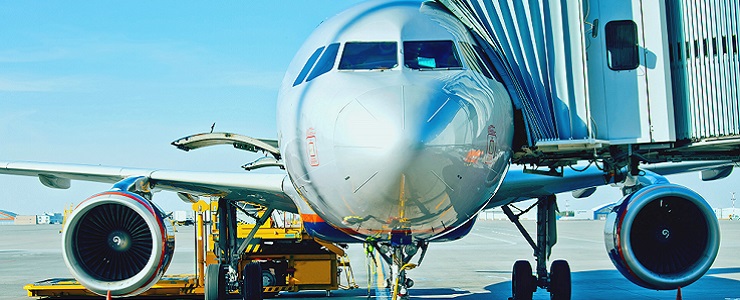
Automation and data analysis applied to flight and resource planning can empower small and medium airports to leverage proportionate benefits and returns. It will require a shift in the way small and medium airports manage and allocate flight planning and resources, but will ultimately generate more returns and cost savings, and allow both airports and airlines to enhance the passenger experience.
Growing up in the 80s and 90s in the Northeastern U.S., my earliest flying experiences were domestic flights on Delta or TWA and we typically flew out of LaGuardia or JFK. Airport gates and terminals as I knew them were branded almost exclusively by the airlines, and still are today in most of the terminals at JFK and LGA. When I was fortunate enough to travel to Europe and South America in my 20s and 30s, I became familiar with common use airports in which the airports directly managed the real estate, gates, and resources, and the airport branding and overall presence as a stakeholder was much more recognizable.
Airports in the U.S. such as LAX, SLC, LGA, JFK, and many others benefit from airlines investing to modernize their terminals and facilities, driving vigor and innovation from the private sector into the publicly-owned airport environment. In many ways, it can appear to be a healthy balance between the public and private interests, as public ownership ensures that U.S. airports continue to operate and serve passengers as the top priority.
But what about the approximately 150 small and medium airports that don’t receive terminal development funding from airline partners? I’m referring to the mostly small airline hubs or feeders for large and medium hubs.
At ADB SAFEGATE, we foresee opportunities for these airports to increase revenue and improve resource and capacity optimization by partnering more closely with airlines to manage gate, hard stand, and bag belt planning and allocation. Enterprise technology, advanced analytics, Artificial Intelligence, and data-driven decision making have proven their ability to enhance operational efficiency and improve passenger experience at larger airports around the globe. On a smaller scale, automation and data analytics applied to flight and resource planning can empower small and medium airports to generate higher returns and cost savings while enhancing the passenger experience.
Drawing on 20 plus years of experience developing airport operational software, Airport Systems Resource Management Xpress (AS-RMSX) is a cloud-based, software as a service (SaaS) solution offering smaller airports a simpler way to tackle the complexities of airport resource allocation and flight scheduling by providing a single, real-time source of operational information. By providing SaaS subscriptions, RMSX allows airports to leverage the world-leading solution without capital investments and the complexities required to deploy traditional airport operational systems.
Sound interesting?
To learn more, please contact us at ADB SAFEGATE Airport Systems .
ADB SAFEGATE provides integrated solutions that raise efficiency, improve safety, boost environmental sustainability and reduce operational costs for airports, airlines and ANSPs. The company works with airports and airlines to solve operational bottlenecks from approach to departure. Solutions encompass airfield lighting, tower-based traffic control systems, intelligent docking automation and services, as well as applying advanced IT and analytics to deliver industry-leading Total Airport Management. For more information about ADB SAFEGATE, please visit our website at adbsafegate.com.

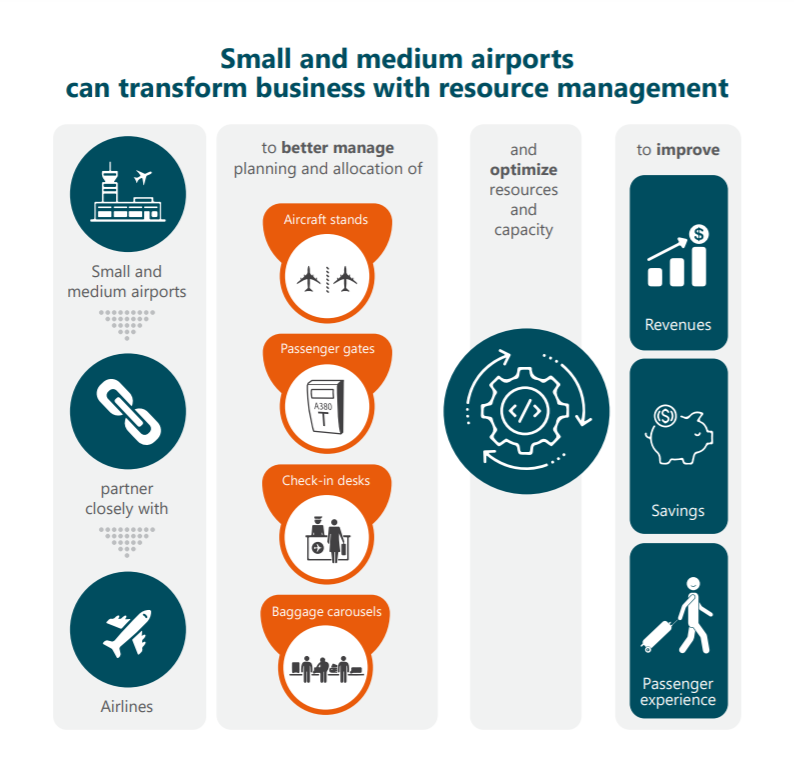
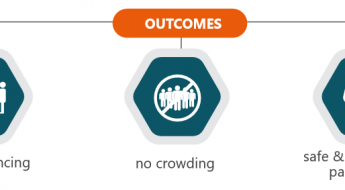
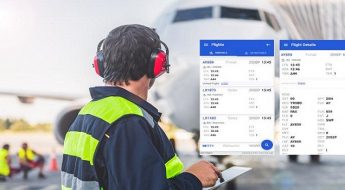
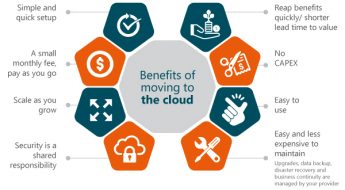

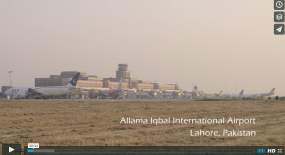


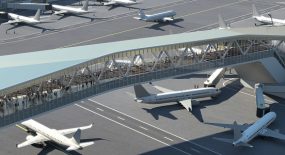


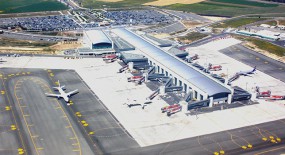



Leave a Comment